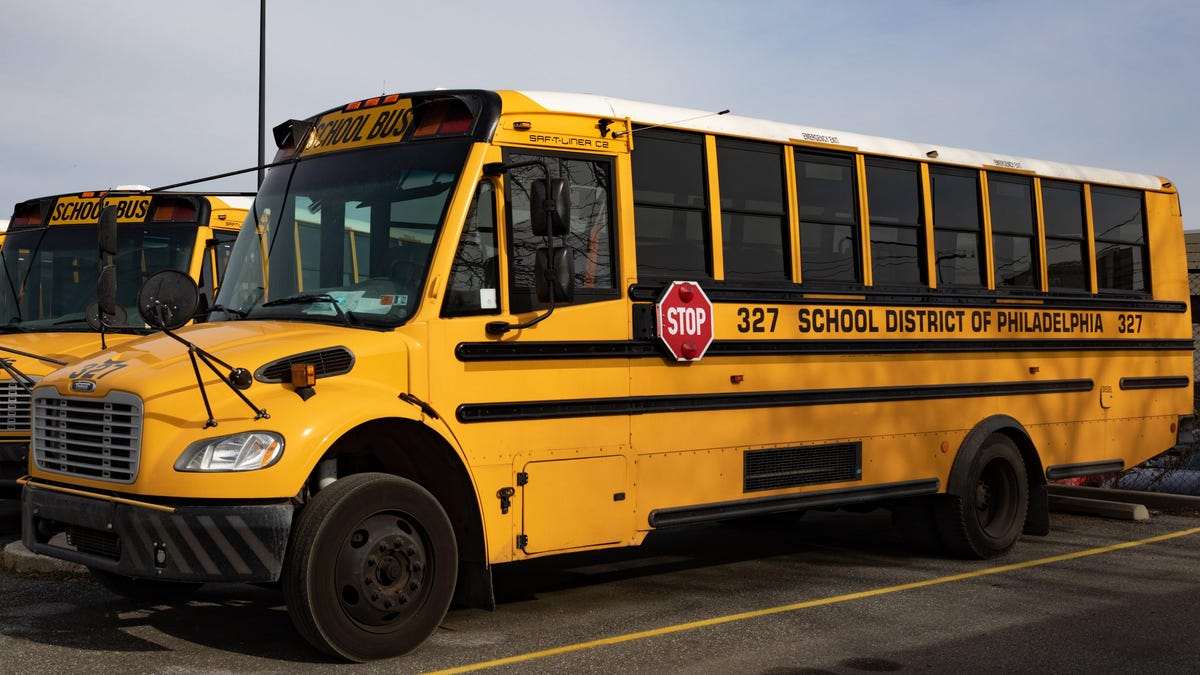The Evolution of School Buses: Safety Through Standardization
While car design has experienced significant changes over the years, school buses have remained remarkably consistent in appearance for nearly a century. Despite advancements in safety technology, the iconic yellow school bus with its distinctive shape has withstood the test of time since 1939.
Contrary to assumptions of stagnation or nostalgia, the enduring design of school buses is attributed to standardized guidelines that prioritize the safety of American children. These guidelines, mandating the classic yellow and black color scheme, prominent flashing lights, and unmistakable stop signs, have effectively made school buses instantly recognizable to all road users. This familiarity prompts drivers to exercise caution around these large vehicles, contributing to their status as one of the safest modes of transportation.
The Historical Shift Towards Safety
Prior to 1939, school buses lacked uniform safety requirements, resulting in a variety of makeshift vehicles transporting children to school. The absence of regulations led to precarious conditions, with some students perched precariously in rustic buses reminiscent of livestock carriers. The lack of safety standards not only endangered children but also underscored societal inequalities, particularly in the transport of Black students.
Recognizing the need for safety improvements, Frank Cyr spearheaded a pivotal conference in 1939 that established the first minimum standards for school buses. These standards, encompassing dimensions, aisle width, and the distinctive yellow color, set the foundation for modern school bus safety.
Contemporary Safety Standards
Today, the National Congress for School Transportation (NCST) oversees the standardized requirements for school buses nationwide. Modern school buses adhere to a comprehensive set of safety measures, including back-up alarms, anti-lock brakes, emergency exits, and provisions for wheelchair accessibility. Built to withstand significant forces, school buses are designed to prioritize passenger safety in the event of an accident.
Despite the lack of seat belt mandates for larger buses, innovative concepts such as compartmentalization have bolstered passenger protection, making school buses approximately 70 times safer than standard cars. The strategic arrangement of seats within buses, along with robust construction, mitigates the risk of injuries during collisions.
Continued Safety and Recognition
Accident data indicates a mere 71 passenger fatalities in school bus crashes over a nine-year span, underscoring the exceptional safety record of these vehicles. The distinct visual cues of school buses, including their vibrant color, flashing lights, and stop signs, contribute to preemptive safety measures by alerting drivers to exercise vigilance around them.
In conclusion, while the exterior of school buses may retain a timeless aesthetic, their unwavering commitment to safety through standardized guidelines and advanced engineering render them an indispensable pillar of secure transportation for American school children.
Image/Photo credit: source url





